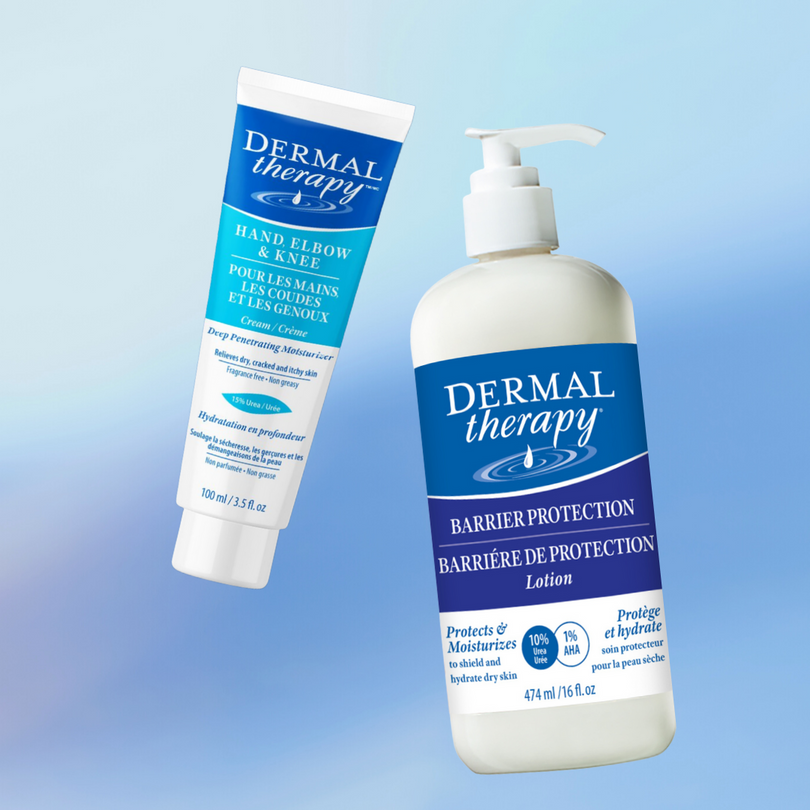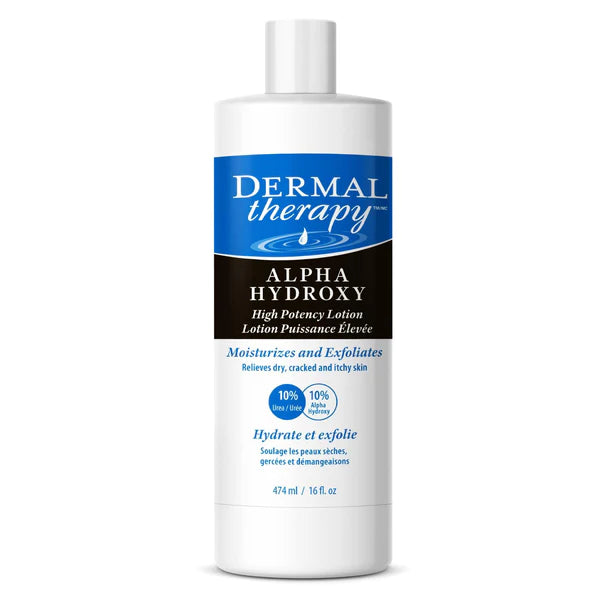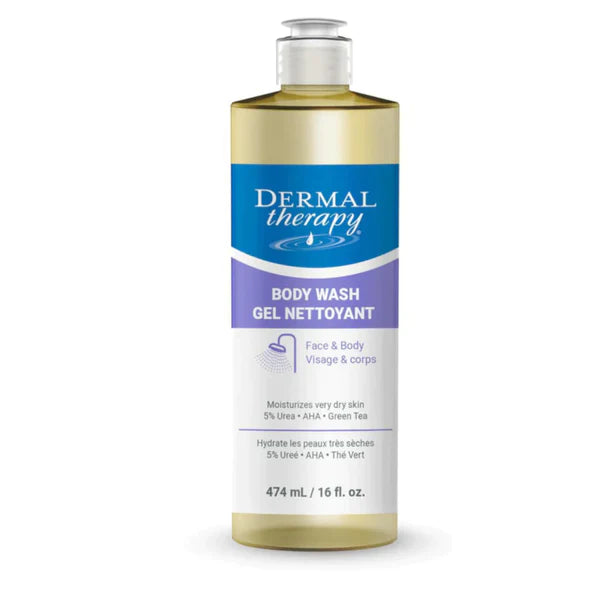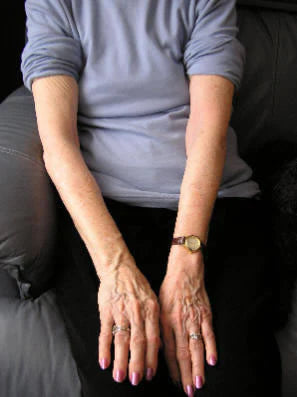Imagine your skin like a delicious baklava pastry made up of layers.
(For those that don’t know, baklava is a delectable Middle Eastern dessert made up of layers of delicate phyllo pastry brushed in butter, layered with nuts, and soaked in honey.)
The outermost layer, called the stratum corneum, is like the thin sheets of dough.
This “dough” is made up of special cells, called corneocytes, and fats, called lipids. The corneocytes act like bricks while the lipids act like mortar, holding everything together.
This layer acts as a barrier, keeping bad stuff out and locking moisture in.
Now, you might be surprised to know, these corneocyte cells are actually dead, but that doesn’t mean they're useless. They contain substances that help keep your skin hydrated.
Ideally, to keep your skin feeling soft and smooth, this outer layer needs to be at least 10 % water– although 20% to 30% is even better.
Amazingly, it also has the incredible ability to absorb water. Think of it like a sponge that soaks up water and can swell up to three times its size, much the same way the phyllo pastry soaks up the honey in the baklava.
Water also helps special enzymes control the shedding of these corneocytes, kind of like a natural exfoliation process. When there's not enough water, our skin gets all flaky and the outer layer gets cracked and dry. (Oftentimes excruciatingly painfully dry.)
Much like if you left the phyllo pastry out and forgot to cover it.
Because many moisturizers contain oil, the companies will have you believe that you need a greasy moisturizer to replenish lost oil.
But here's the secret that they don’t tell you: when our skin feels dry, it's not really about lacking oil as you might believe.
Think about it. Kids have nice smooth skin but don’t produce oil sebum until they hit puberty. So, we know it’s not about adding oil (otherwise known as greasy lotions) to dry skin.
Dry skin is actually about needing more water.
This is where the science of urea comes into play.
Remember how we said that urea is critical to your skin’s natural moisturizing system? That’s because it causes hard, dry skin cells to “unpack” and expose their water-binding sites, letting your cells absorb and retain additional moisture.
This clinically proven action is also known as hydrotropic solubilization .
But unfortunately, urea on its own isn’t enough.
That’s why the scientists who developed Dermal Therapy use a special stabilized urea formulation that is balanced and blended with other moisturizing ingredients like silk amino acids.
The results are effective products that actively replenish moisture in the lowest depths of your skin and leave it not just looking silky smooth, but also feeling wonderfully touchable.
It’s a little like taking the plastic wrapper off a sponge so it can absorb better.
The result?
Formulas that are both nourishing and cosmetically elegant.




